Violence is tearing Mali and the Sahel apart. But who are the armed groups behind the bloodshed? Where are international actors stationed in the region? And what motivates them all? This project maps jihadist and non-jihadist groups and pinpoints the presence of external actors in the region as of May 2019.
Al-Qaeda in the Islamic Maghreb (AQIM)
AQIM began as an outgrowth of the Algerian civil war. The group, formed in 1998 as the Salafist Group for Preaching and Combat (GSPC), rejected the more violent and exclusivist tendencies of the Armed Islamic Group (GIA) and particularly sought to focus instead on attacks against military and government targets. The GSPC also sought to expand its presence in the Sahara in search of opportunities to diversify its fundraising sources and find new areas of operation, training, and eventually recruitment. At first this effort was led by Mokhtar Belmokhtar, a former GIA member who had fought in Afghanistan and who was himself from a community of Saharan Arabs, the Chaânba. Officials claimed Belmokhtar was killed in an airstrike in Libya in 2016, though AQIM never publicly confirmed his death and regional intelligence sources claim he may still be alive.
The GSPC officially pledged allegiance to al-Qaeda in 2006 and became AQIM in early 2007. The GSPC and AQIM marked the first real transnational jihadist presence in the region, and they have sought through local relationships, basic governance, and military pressure to create durable space in which to operate and at times govern territory. Although AQIM has recruited widely and operated throughout the Sahel, they are strongest today in Mali, and are particularly strong in the regions of Kidal and Timbuktu.
The GSPC became a more entrenched presence in southern Algeria and northern Mali in particular, and its first kidnapping operations began in 2003. The GSPC also conducted its first attack in the region in Mauritania on the army base at Lemgeity in 2005. By early 2007, it was conducting attacks in Algeria while still implanting itself in the social fabric of northern Mali through marriage and business ties, as well as increasingly through local recruitment. Its kidnapping operations continued through the occupation of northern Mali and afterwards, accounting for a significant portion of the group’s financing despite persistent rumours that the group benefitted heavily from narcotics or cigarette smuggling.
Despite the split between AQIM and the Movement for Oneness and Jihad in West Africa (MUJAO) in October 2011, AQIM still played a significant role in governing northern Mali in 2012. It had a particularly strong presence in Timbuktu. Since Operation Serval, AQIM has reconstituted its units following a series of losses, including the death of Katibat Tarek Ibn Ziyad commander Abu Zeid in fighting with French and Chadian forces in 2013. It continued to conduct serious attacks against United Nations, French, and Malian forces up until the founding of JNIM, and maintained a strong presence then and subsequently in Timbuktu and to the city’s north, as well as from Anefis to Kidal and the Algerian border. AQIM has also conducted a series of attacks in Bamako as well as Côte d’Ivoire and Burkina Faso under the auspices of al-Mourabitoun, which returned to the AQIM fold in 2015. AQIM has suffered significant losses recently, including the death of its Saharan emir and JNIM co-founder Yahya Abou el Hammam in a French operation north of Timbuktu. However, it still retains a significant presence particularly in the Timbuktu region, and maintains an ability to conduct operations.
